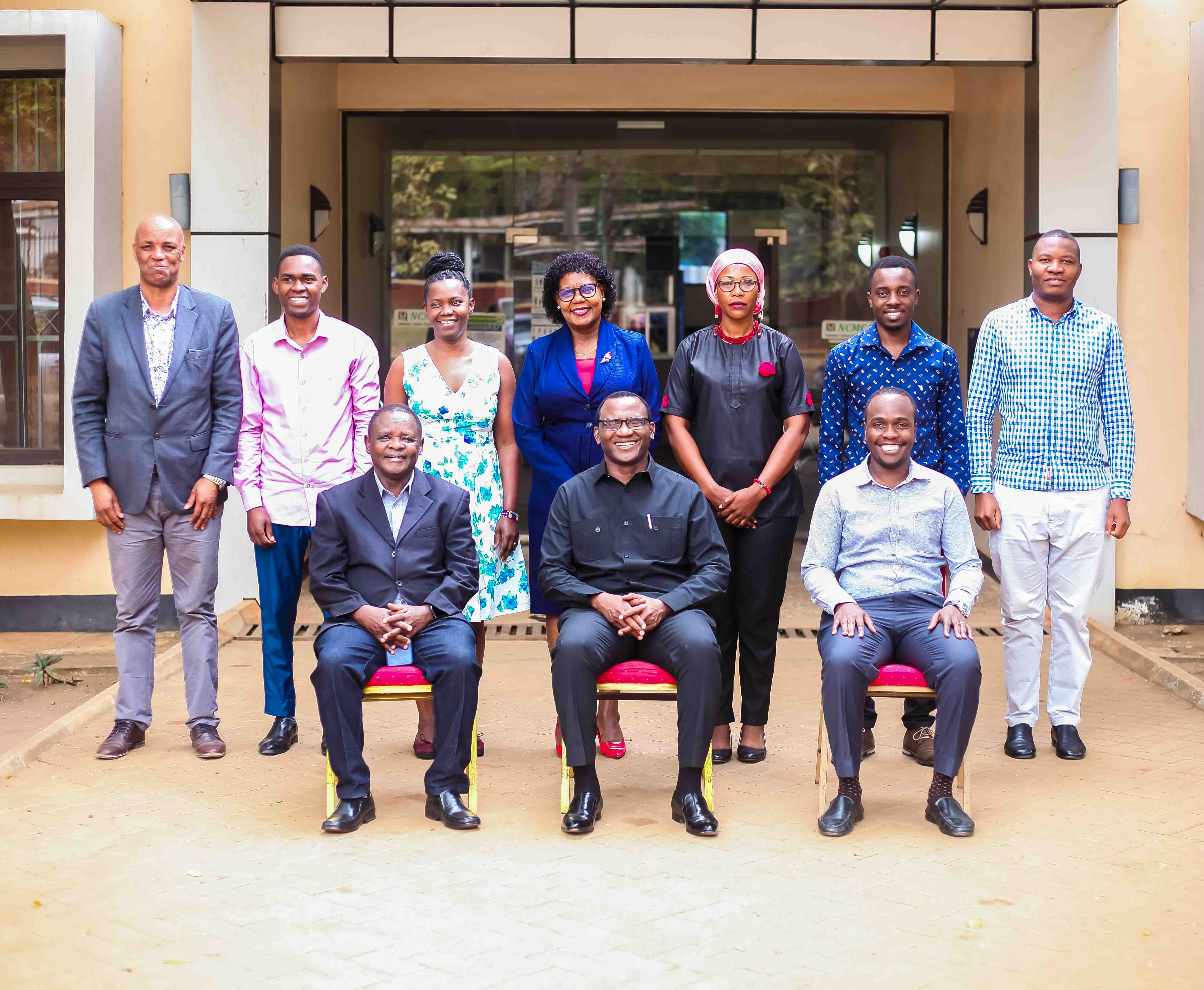A research project titled Enhancing the Usability of Biodiversity Data for Sustainable Conservation and Livelihoods in the Eastern Arc Mountains of Tanzania reveals the presence of over 3,935 biodiversity species in the natural forests of Kilombero, Udzungwa, and UluguruA research project titled Enhancing the Usability of Biodiversity Data for Sustainable Conservation and Livelihoods in the Eastern Arc Mountains of Tanzania reveals the presence of over 3,935 biodiversity species in the natural forests of Kilombero, Udzungwa, and Uluguru.

The Principal Investigator (PI) of the research project, Prof. Pantaleo Munishi from the Department of Ecosystems and Conservation at Sokoine University of Agriculture (SUA), spoke during the opening ceremony.
A research project titled Enhancing the Usability of Biodiversity Data for Sustainable Conservation and Livelihoods in the Eastern Arc Mountains of Tanzania reveals the presence of over 3,935 biodiversity species in the natural forests of Kilombero, Udzungwa, and UluguruA research project titled Enhancing the Usability of Biodiversity Data for Sustainable Conservation and Livelihoods in the Eastern Arc Mountains of Tanzania reveals the presence of over 3,935 biodiversity species in the natural forests of Kilombero, Udzungwa, and Uluguru
Speaking during the opening of a three-day training for conservation officers from these three nature-reserved forests in the Eastern Arc Mountains, the project leader, Prof. Pantaleo Munishi, from the Department of Ecosystems and Conservation at Sokoine University of Agriculture, stated that these research findings would help conservation officers to identify and strategise how to preserve and promote these species worldwide to enhance productivity.
According to Prof. Munishi, “The Eastern Arc Mountains (EAM) are one of the world’s most important areas for biodiversity and ecosystem service delivery, and they have been identified as a priority conservation area—a global biodiversity hot spot.
He also explained that Tanzania and the international community have been conducting numerous projects over the past few decades to promote sustainable management of the EAM in order to enhance biodiversity conservation, ecosystem service delivery, and livelihoods. However, accessing or utilizing the data for sustainable management of the Eastern Arc Mountains is challenging due to its dispersion across various sources and incompatible formats.
Prof. Munishi added, “It makes it difficult for those in need to access it easily, which has reduced efforts to promote and conserve them, especially in this period where climate change has significantly affected and even led to the extinction of many species”.
After completing their study to identify biodiversity in the three natural forest reserves in the Eastern Arc Mountains, Prof. Munishi decided to invite conservation officers from these forests, provide them with information, and train them to publicise the findings. This is because a diverse range of stakeholders and decision-makers can benefit from data that is simply summarised and accessible, such as online platforms.
In his remarks during the opening of the three-day training, the retired Director of the Forest and Beekeeping at the Ministry of Natural Resources and Tourism, Dr. Ezekiel Mwakalukwa, stated that well-preserved research results stored in one place that is easily accessible can help communities and the government make informed decisions that will benefit the people and the nation.

Dr Mwkalukwa stated, “Biodiversity is a vital resource for community and national development, but a lack of correct information about it in the country or forests can make conservation difficult, resulting in the extinction of some species.” He added, “Research is instrumental in the identification and development of effective conservation strategies to ensure that they can continue to make a meaningful contribution to development.”
Dr. Mwakalukwa praised the significant work of this project, led by Prof. Pantaleo Munishi of SUA, for conducting extensive research in the three natural forest reserves in the Eastern Arc Mountains, identifying important biodiversity and making their information available, making it easier to promote them globally and assist government planning and forest managers in developing better conservation strategies.
Mr. Alan Kimbita, a planning and communication officer from the Eastern Arc Mountains Conservation Endowment Fund (EAMCEF), which funded the research project, praised the researchers from SUA and the Open University of Tanzania for their excellent work in producing these critical findings, which now allow for the identification of existing biodiversity in those areas.

After publishing some of the species identified in those forests, we have already begun receiving enquiries from other parts of the world about their potential locations,” Mr. Kimbita acknowledged. He emphasized that gathering and broadly publishing the information will attract many stakeholders to visit and view it. This will also allow others to conduct studies and encourage conservation initiatives.
This study focused on a variety of biodiversity areas, including plants, birds, amphibians, mammals, and reptiles. This workshop will provide participants with strategies for promoting these species across all networks and integrating them into the Global Biodiversity Information Facility (GBIF) and Tanzania Biodiversity Information Facility (TanBIF).





